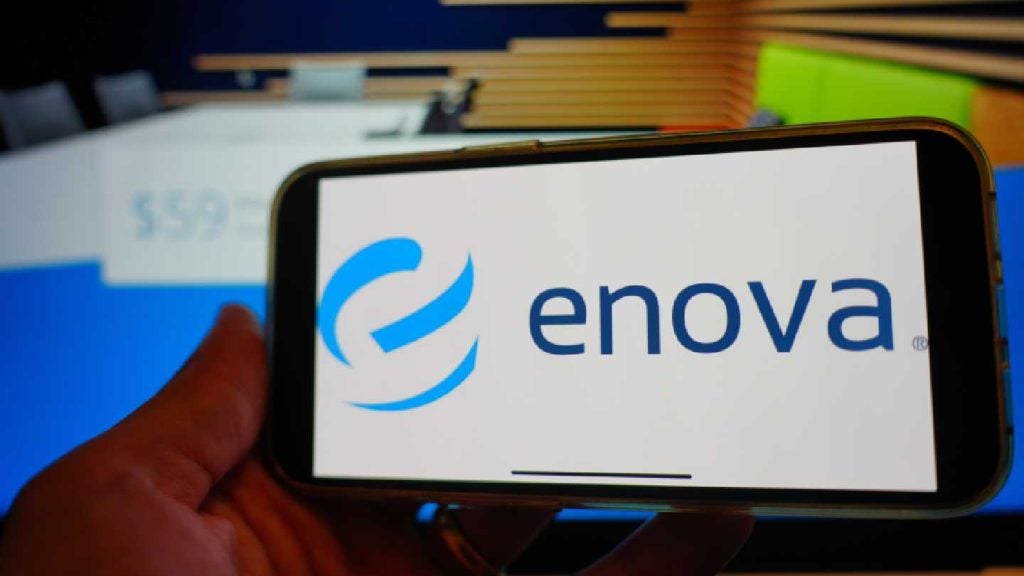By Shirra Frost, director of mobile marketing, Fiserv
Mobile financial services have been embraced by everyone from teenagers in Tokyo to shopkeepers in South Africa, and the versatility of the channel has enabled financial institutions to deliver capabilities that meet the needs of widely varied customer segments. One such versatile and engaging tool a financial institution can offer is mobile alerts.
A comprehensive alert strategy can provide consumers with an effective tool for personal financial management, while providing banks a platform for engaging with customers. Indeed, Fiserv research has shown that consumers gravitate to products and services that help them manage and control their finances more effectively, and that includes alerts.
Research from Varolli Corporation shows that consumers want to receive alerts about specific financial activities or events that enable them to take immediate action. Additionally, consumers expect this interaction to occur on their chosen devices – computers, smartphones and tablets – and through a variety of end points, including email, text/SMS, secure messaging inbox (within online banking), smartphone or tablet app (via push notifications) and voicemail.


US Tariffs are shifting - will you react or anticipate?
Don’t let policy changes catch you off guard. Stay proactive with real-time data and expert analysis.
By GlobalDataShirra Frost
While many financial institutions see alerts as table stakes or a cost of doing business, some see an opportunity to further engage with their customers and drive more profitable relationships. A comprehensive enterprise alert strategy provides financial institutions with an opportunity to help consumers redefine how they monitor and manage their finances, becoming a partner in interactive finance.
So how does a financial institution develop and build an enterprise alert strategy? It is best to use a phased approach to roll out alerts in the following five stages:
- Stage 1: Account-Centered alerts specific to account activity, including low balance, direct deposit and large debit amount.
- Stage 2: Event-Based alerts that indicate when bills are due, P2P payments are requested and other events that may prompt a follow-up action.
- Stage 3: Security-Related alerts that notify when accounts may be compromised, like when there are international charges on a credit card, suspicious transactions or passwords have been changed.
- Stage 4: Customer Care information initiated by either the customer or the bank, for example; "Your auto lease is up for renewal. Do you want us to call you to discuss it?"
- Stage 5: Actionable Insights that provide financial management tips and guidance based on the customer’s activity, for example, "We noticed you spent less money on groceries last month. Would you like us to put that money into your savings account?"

Five-phased strategy to roll out mobile alerts, Source: Fiserv
Independent third-party and Fiserv research reveals a successful alert strategy that delivers actionable alerts via multiple end-points and devices can lead to:
- Higher customer satisfaction, loyalty and retention due to increased engagement
- Increased ability to attract new customers and new alert users by positioning the institution as innovative, trustworthy and in-tune with customer needs and preferences
- Reduced channel costs by shifting transactions away from high cost offline channels to the digital channel
- Lower internal process costs and risk through further automation of client communications and tracking
- Lower fraud rates by making consumers aware of potential fraud earlier and reducing ensuing losses
With global consumers increasingly on the lookout for better tailored services that fit them as individuals as well as the devices that they use to access financial information, now is the time for financial institutions to make a name for themselves with customer facing features. An enterprise alerts strategy that satisfies customer demands can generate real value for the organization.
Shirra Frost is director of mobile marketing at Fiserv








